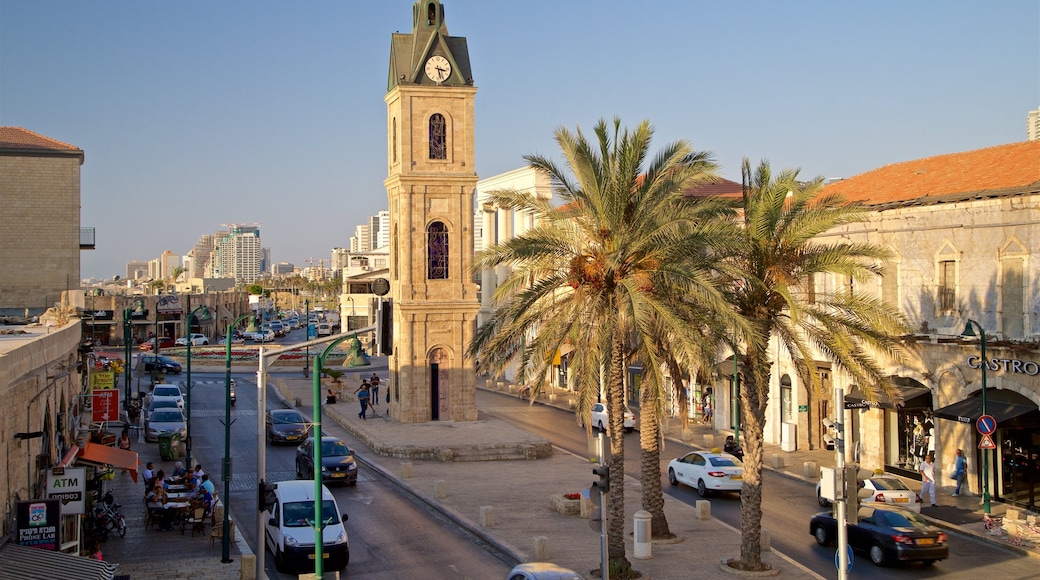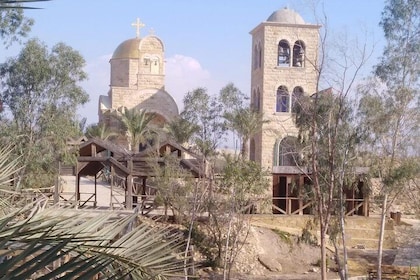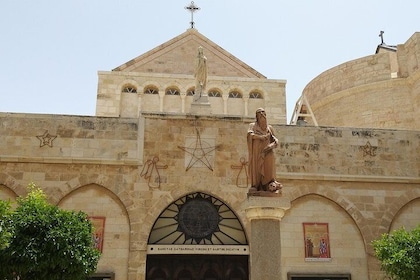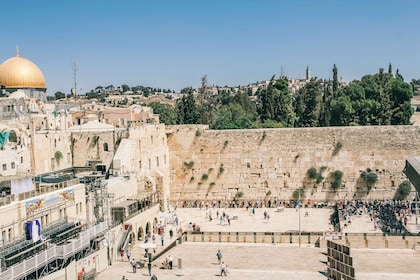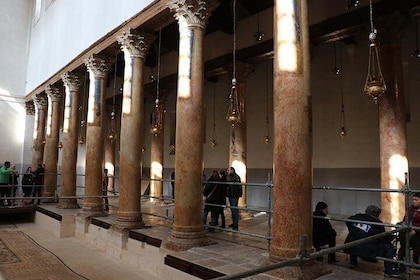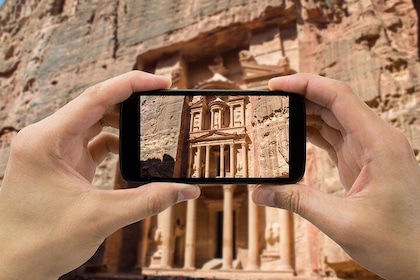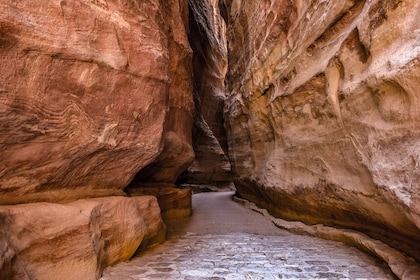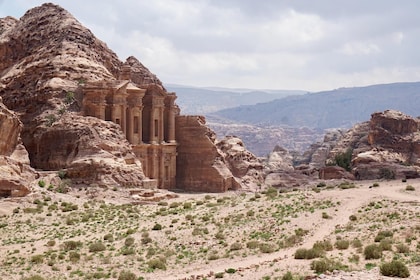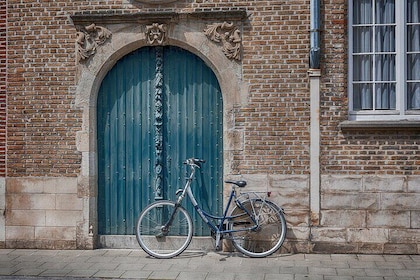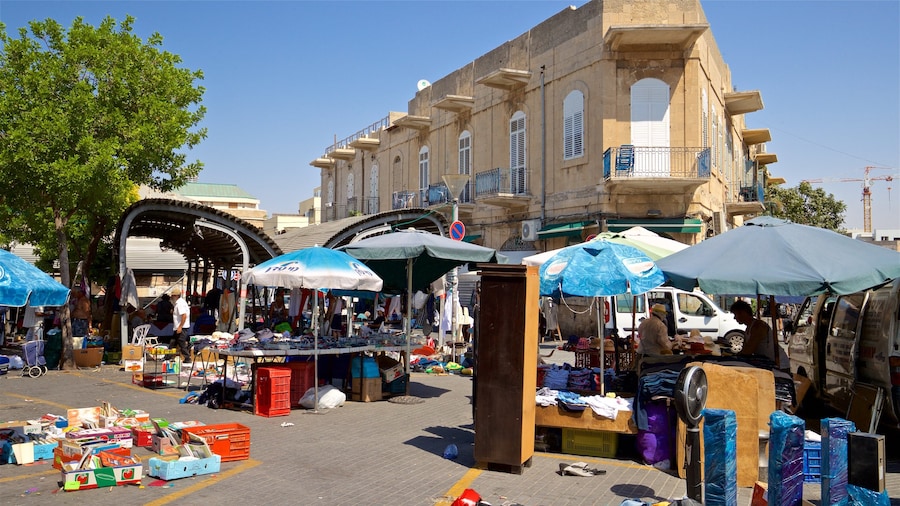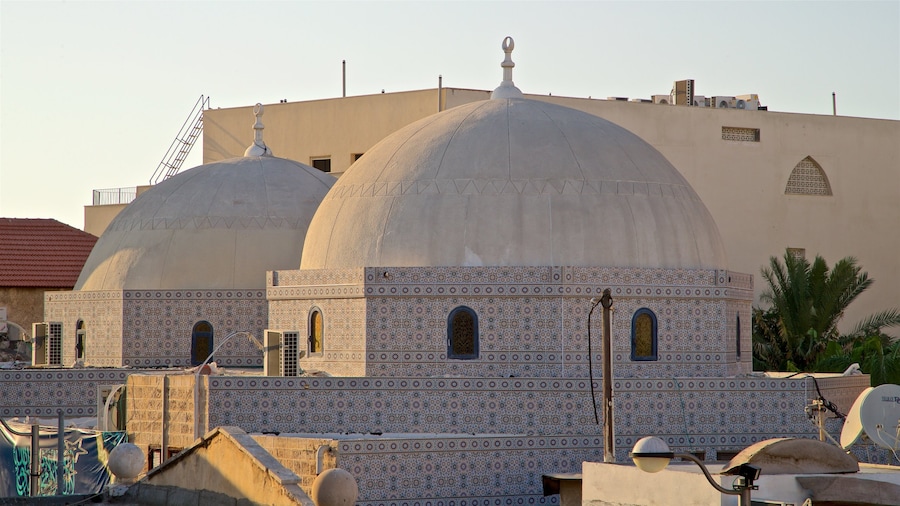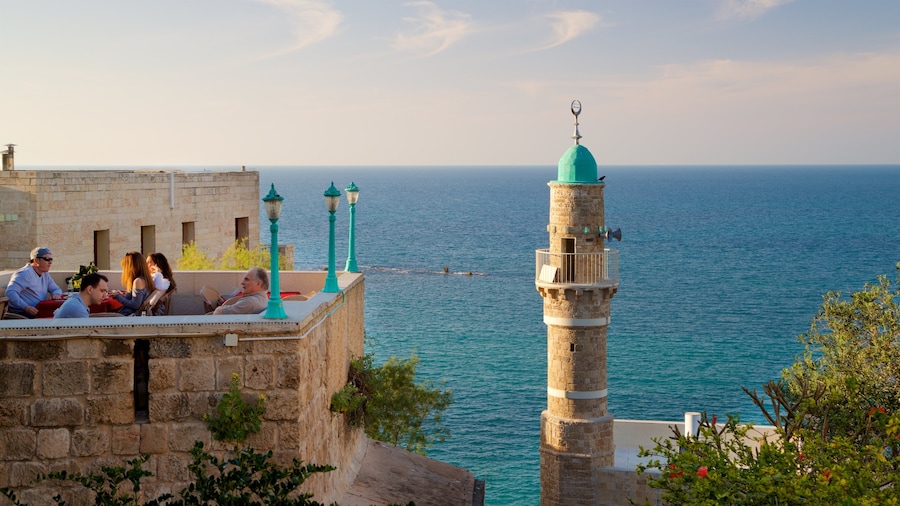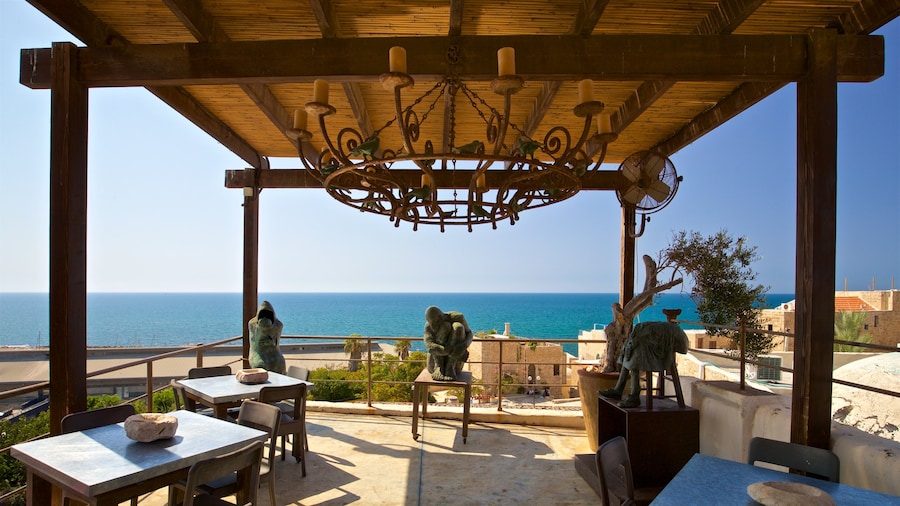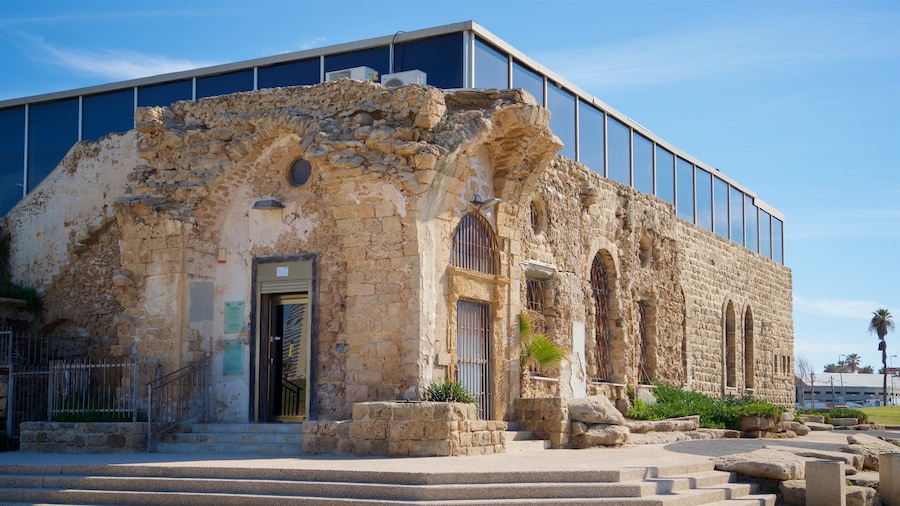Standing at the edge of Tel Aviv’s Yafo or Jaffa district, this historic clock tower is a major landmark of the area.
At the old northern entrance to the city, in the middle of Yefet Street, is Clock Tower Square, the home of Jaffa Clock Tower. Make sure you visit this iconic structure, which was completed in 1903 with contributions from Arab and Jewish residents and still stands proudly today.
Learn the story of the tower’s past. Part of a series of seven clock towers built during the Ottoman period, its construction marked the silver jubilee in the reign of Sultan Abdul Hamid II. He was deposed in 1909 following a military revolution where his brother, Mehmed V, became sultan.
A famous piece of local architecture, the clock tower is made of limestone. Notice its three distinct levels, with clock faces positioned on four sides at the top.
The tower features four marble sultan’s seals, one facing in each direction. Sadly, the seal on the tower’s south side is the only original, the rest were replaced with glass replicas in 2001. See the decorative windows and new clocks which were installed in 1966, as part of a restoration program.
Now circled by roads on either side, the clock tower’s central position makes it a popular starting point for tours. Look for the ornate Saraya Building, Jaffa’s main governmental building during the British mandate. It is positioned to the northeast side of the square. Although bombed in 1948, much of the building has now been restored to its former glory.
Find the Kishla building to the western side. It has acted as both a police station and prison, most notably used as a place to hold criminals during the Ottoman regime.
While you wander about, it is essential to nibble some “sambusak,” a Middle Eastern pastry stuffed with cheese or potato. Visit the famous Abulafia bakery for the tastiest ones. An institution, it has been open since 1879.
Jaffa Clock Tower makes an excellent starting point for exploring the lanes of old Jaffa. There are plenty of boutiques and galleries close by. It is also less than a 5-minute walk to the area’s famous flea market.
